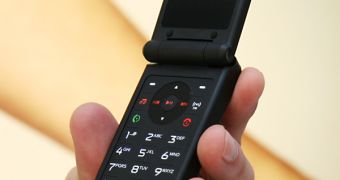2G mobile phones account for the majority of the handsets currently functional worldwide. They only work on GSM, CDMA, TDMA or PCD networks and offer less advantages than the new generation phones which come with support for 3G. Most probably, as time goes by, all 2G networks will be completely replaced with new 3G (or equivalent) ones.
Japan, one of the most evolved countries in terms of telecommunications, is now offering us a glimpse of how the mobile future looks like: no 2G phones. AFP reports that, in the first month of 2008, not a single 2G handset was sold on the Japanese market, all the commercialized mobile phones being 3G enabled.
Japan was the first country to inaugurate a 3G network, in 2001, when NTT DoCoMo (currently the largest mobile carrier in the country) started to provide 3G services. Even so, Hello Kitty's homeland is not the first to dump 2G phones, as this has already happened in South Korea.
Since Japanese consumers no longer buy 2G phones, these will soon disappear completely from the market. Which is not bad at all, since 3G offers things that 2G can only dream about, like high speed Web access and downloads, or various interactive features. Moreover, 3G networks are excellent for mobile TV broadcasts - one of the main reasons why more than 50% of the Japanese subscribers use mobile TV services.
While in North America 3G is rapidly being accepted by consumers, in Europe less than 10% of the mobile users have 3G handsets. However, it's clear that 3G represents the future of mobile communications and all operators and handset producers should acknowledge this fact. Hear that, Apple? 2G will soon become obsolete, so you'd better bring the 3G iPhone faster. Many users even think you should have packed 3G connectivity in it from the beginning, but hey, they're no Steve Jobs.

 14 DAY TRIAL //
14 DAY TRIAL //